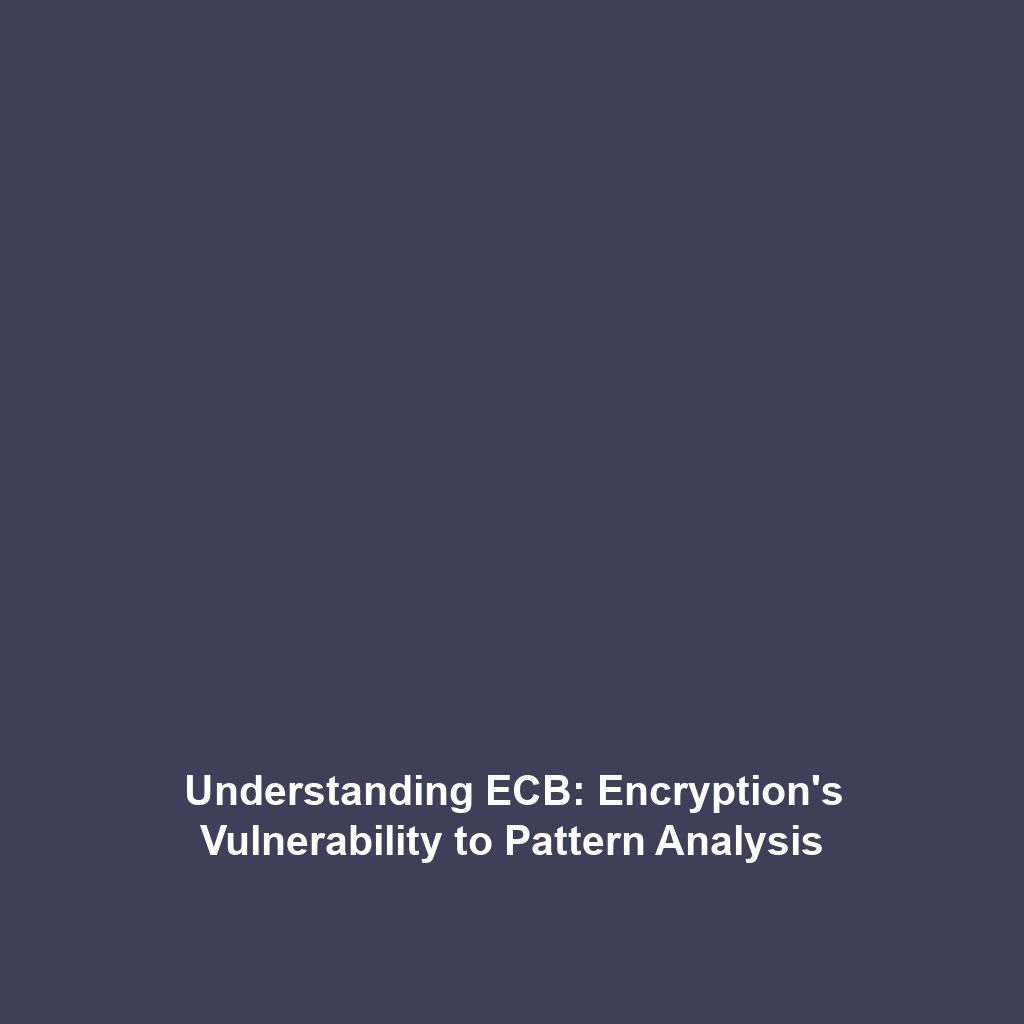Hash-Based Cryptography: Securing Data with Complex Hash Functions
Introduction
Hash-Based Cryptography is a significant advancement in the field of cryptography, focusing on the utilization of large and complex hash functions rather than traditional key-based algorithms. This innovative approach enhances data security by ensuring data integrity and authenticity without relying on secret keys. By leveraging hash functions, Hash-Based Cryptography offers a robust solution to modern security challenges, positioning itself as an essential component in the ever-evolving landscape of cryptography and digital security.
Key Concepts
The primary principles behind Hash-Based Cryptography can be encapsulated in a few critical concepts:
1. Definition of Hash Functions
Hash functions are algorithms that transform any input data into a fixed-size string of characters, which appears random. This process is designed to be one-way, meaning that it’s computationally infeasible to reverse-engineer the original data from its hash.
2. Security Benefits
Utilizing complex hash functions provides significant benefits, including resistance to collision attacks and preimage attacks, which are prevalent in traditional key-based systems.
3. Relation to Cryptography
Hash-Based Cryptography plays a pivotal role in enhancing the security of various cryptographic protocols, ensuring that data remains secure in transit and at rest.
Applications and Real-World Uses
Numerous practical applications of Hash-Based Cryptography reinforce its importance within the realm of cryptography. Here are some of the most notable implementations:
- Digital Signatures: Ensuring authenticity of digital documents.
- Password Hashing: Storing user passwords securely by hashing them.
- Blockchain Technology: Leveraging hash functions for secure transaction verification.
These examples illustrate how Hash-Based Cryptography is used to address real-world security needs effectively.
Current Challenges
Despite its advantages, Hash-Based Cryptography faces several challenges:
- Performance Issues: Complex hash functions may require more computational resources.
- Standardization Concerns: Lack of universally accepted standards could hinder interoperability.
- Potential Vulnerabilities: Emerging attack vectors could exploit weaknesses in specific hash functions.
Future Research and Innovations
The future of Hash-Based Cryptography appears promising, with ongoing research focused on developing more efficient hash functions and integrating quantum-resistant algorithms. Innovations in this space will likely enhance both security measures and processing speeds, ensuring Hash-Based Cryptography remains at the forefront of data protection technologies.
Conclusion
In summary, Hash-Based Cryptography represents a powerful and essential approach to securing data through complex hash functions. Its significance within cryptography cannot be overstated, as it addresses numerous contemporary security challenges. For further insights, consider exploring topics such as Quantum Cryptography or Basic Principles of Cryptography. Staying informed on these advancements is crucial for anyone invested in the future of digital security.







